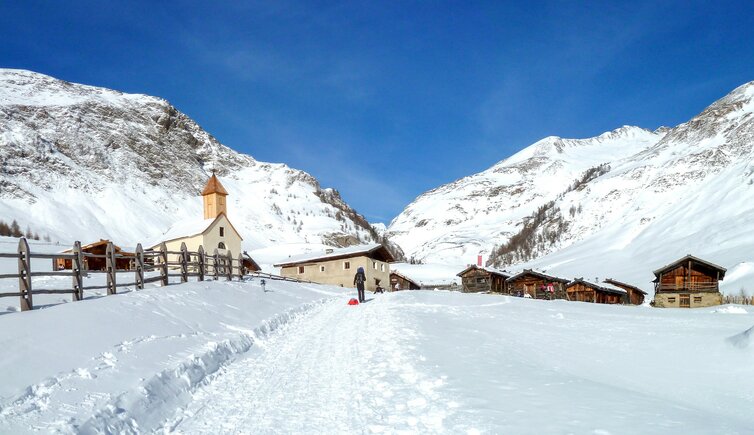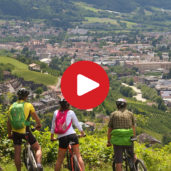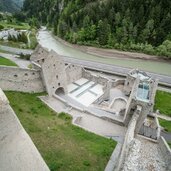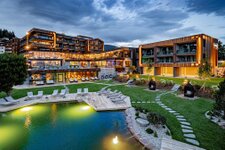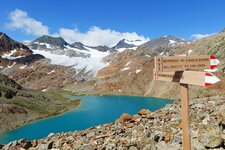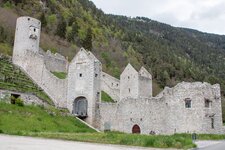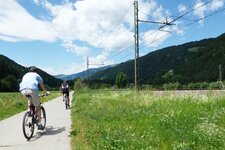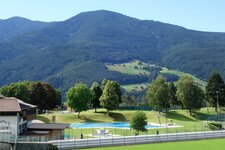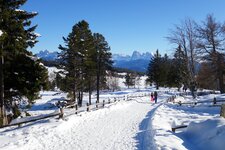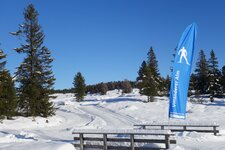The Rio Pusteria Fortress is the landmark of Rio di Pusteria at the intersection of the Val Pusteria and the Valle Isarco
The market town of Rio di Pusteria with its villages is located at the junction of two of South Tyrol's major valleys. Here, the green Val Pusteria, which extends eastwards to San Candido, branches off from the Valle Isarco. The latter runs from Bressanone in the south to the Brennero Pass in the north.
The surrounding holiday region Gitschberg Jochtal is also a well-known skiing area that operates its lifts and opens its two toboggan runs in winter. In summer, the alpine world of Gitschberg Jochtal is popular with hikers, and family parks like the Gitschberg Sun Park offer exciting days out.
The landmark of the municipality, however, is the Rio Pusteria Fortress, which has stood above the valley to the east of the town for centuries. Although the complex is now partially in ruins, from the 15th century onwards it was an important Habsburg customs post and fortress. Anyone who wanted to travel into the Val Pusteria or Valle Isarco had to pass through here and be checked. From the main town of Rio di Pusteria, the road leads up to the sunny high plateau of Maranza. It is popular with day-trippers and hikers: The Valle d'Altafossa begins at the end of the village, and the Stöcklhuber Trail also passes through here.
A little further north lies the high valley of Valles, with destinations such as the Lago del Marmo (literally the Marble Lake), the South Tyrolean Milk Path and Mount Picco della Croce. From Valles, you can reach what is often called the most beautiful alpine village in South Tyrol: The Fane Alpine Village is a delight on long summer days, and in winter, a toboggan ride here is a memorable outing. The only one of the market town's component localities located to the south is Spinga.
It is the birthplace of Katharina Lanz, the "Joan of Arc of Tyrol". Armed with a pitchfork, she fought alongside the Schützen against Napoleon's troops in the "Battle of Spinga".
